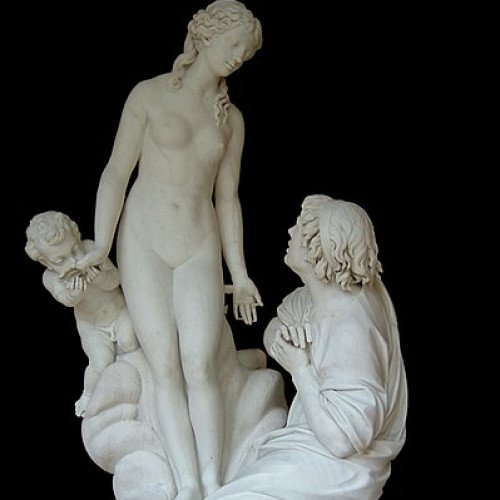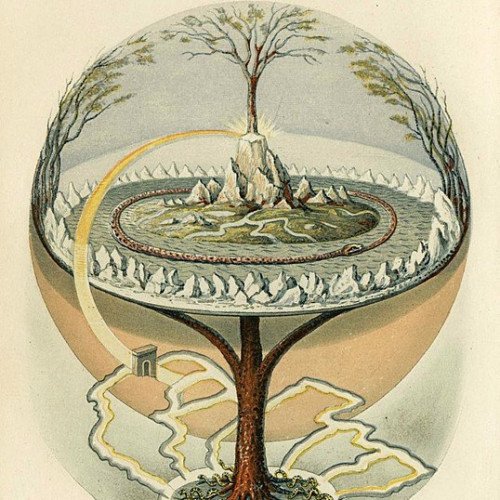Galatea (mythology) VS World tree

Galatea (mythology)
Galatea (; Greek: Γαλάτεια; "she who is milk-white") is a name popularly applied to the statue carved of ivory by Pygmalion of Cyprus, which then came to life in Greek mythology. In modern English, the name usually alludes to that story. Galatea is also the name of Polyphemus's object of desire in Theocritus's Idylls VI and XI and is linked with Polyphemus again in the myth of Acis and Galatea in Ovid's Metamorphoses.
Statistics for this Xoptio

World tree
The world tree is a motif present in several religions and mythologies, particularly Indo-European religions, Siberian religions, and Native American religions. The world tree is represented as a colossal tree which supports the heavens, thereby connecting the heavens, the terrestrial world, and, through its roots, the underworld. It may also be strongly connected to the motif of the tree of life, but it is the source of wisdom of the ages. Specific world trees include égig érő fa in Hungarian mythology, Ağaç Ana in Turkic mythology, Modun in Mongol mythology, Yggdrasil in Norse mythology, Irminsul in Germanic mythology, the oak in Slavic, Finnish and Baltic, Iroko in Yoruba religion, Jianmu in Chinese mythology, and in Hindu mythology the Ashvattha (a Ficus religiosa).